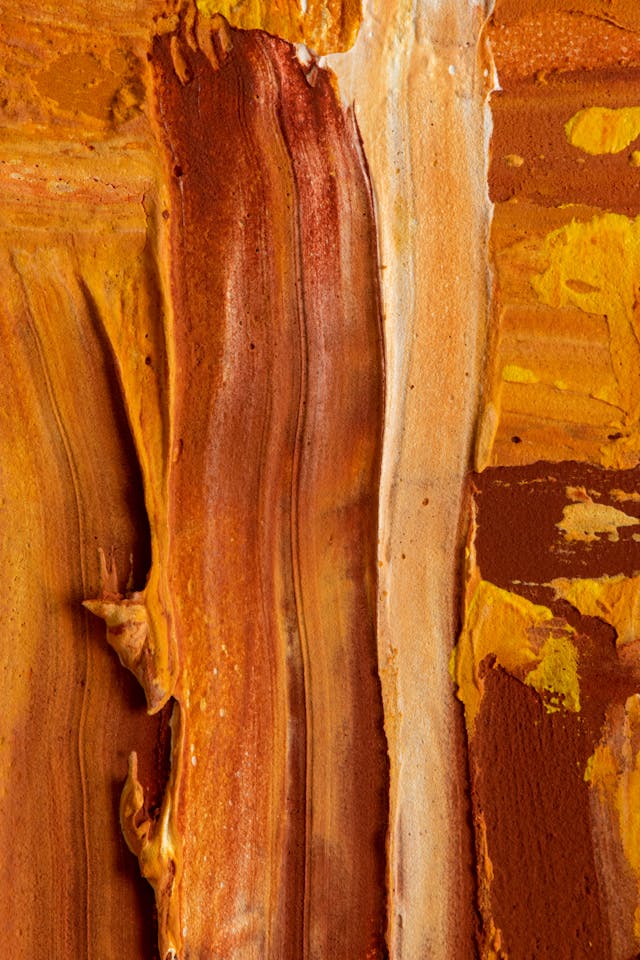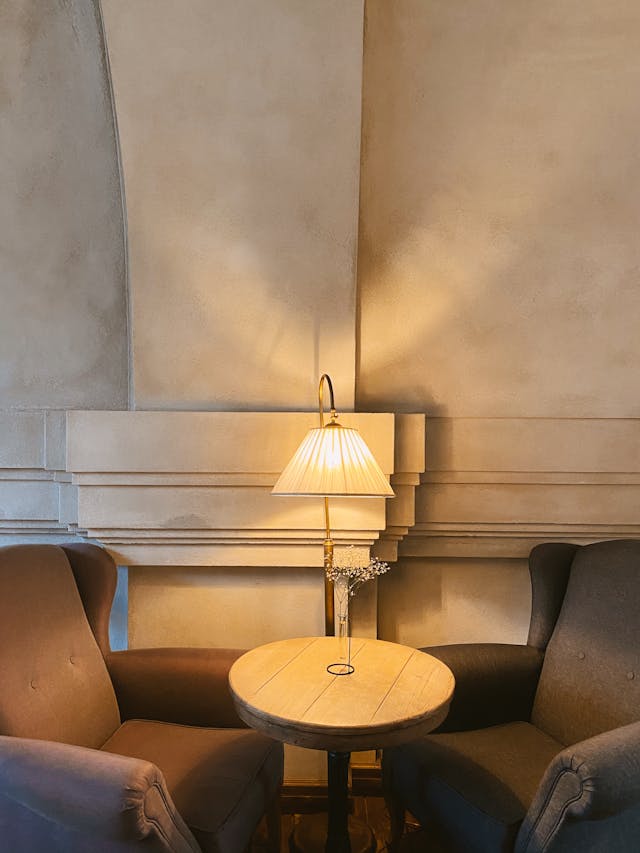Branding is about more than just a name or a logo. Colour schemes play a big role in how people see your brand. They can make your business stand out or blend in. In this article, you will learn how to choose the right colours for your brand. You will see why colours matter and how they impact your customers.
For more insights on enhancing your brand’s visibility, check out how to get an estimate for your branding needs.
When you think about your favourite brands, what comes to mind? Maybe it’s the bright red of Coca-Cola or the calming blue of Facebook. These colours are not random. They are carefully chosen to create an emotional response.
Colour psychology is a field that studies how colours affect human behaviour. For example, red can create excitement, while blue can bring calm. Understanding this can help you choose the right colours for your brand.
| Colour | Emotion | Common Usage |
|---|---|---|
| Red | Excitement | Food, Fast Food |
| Blue | Trust | Banks, Health Care |
| Yellow | Happiness | Friendly Brands |
| Green | Growth | Health, Environment |
| Orange | Creativity | Playful Brands |
| Purple | Luxury | High-End Products |

Colours are powerful. They can influence how people see and feel about your brand. A study showed that up to 90% of snap judgments made about products can be based on colour alone. This is why it’s crucial to pick the right colour scheme.
Choosing the right colours can feel overwhelming. Start by thinking about your brand’s personality. Is it fun and playful or serious and professional? Here are some steps to help you choose the best colours:
Primary colours—red, blue, and yellow—are the building blocks of all other colours. They are strong and eye-catching. Here’s how each can impact your brand:
Red is bold and grabs attention. It can make people feel excitement or urgency. Think about how fast-food chains use red in their logos and ads. They want you to feel hungry!
Blue is calming and trustworthy. Many banks and health companies use blue in their branding. It makes customers feel secure. If you want to build trust, blue could be a good choice.
Yellow is bright and cheerful. It can create feelings of warmth and happiness. Brands that want to feel friendly often use yellow. But be careful! Too much yellow can feel overwhelming.

Secondary colours are made by mixing primary colours. Tertiary colours are made by mixing a primary colour with a secondary colour. These colours can add depth and variety to your brand.
Green can symbolize nature and growth. It is often used by brands in the food and health industries. If your brand focuses on sustainability or health, green is a great choice.
Orange is a fun and creative colour. It can make people feel excited and motivated. Brands that want to show their playful side often use orange.
Purple is often associated with luxury and elegance. It can make your brand feel high-end. If you want to appeal to a more sophisticated audience, consider purple.
While bright colours can be eye-catching, neutral colours are important too. These include white, black, grey, and beige. They can provide balance and make your bright colours stand out even more.
Black is strong and elegant. It can make your brand feel powerful. Many luxury brands, like Chanel, use black to create a sense of class.
White can give a clean and simple look. It helps other colours pop and can make your brand feel fresh and modern.

Once you have a colour scheme, it’s time to test it out. This means using your colours in different ways and seeing how people react. Here are some tips for testing:
Ask friends, family, or even customers what they think of your colours. Do they feel the emotions you wanted them to feel? Their feedback can help you adjust your choices.
Try out different combinations of your chosen colours. Sometimes colours can clash or not work well together. Use online tools to see how your colours look together before making final decisions.
Your colours should look good in all settings—online, in print, and on signs. Test how they appear on your website, business cards, and social media pages.
Once you have settled on a colour scheme, keep it consistent. This helps customers recognize your brand easily. Use the same colours on your website, social media, and promotional materials.
When customers see the same colours everywhere, they start to trust your brand more. It shows that you are serious and professional. If you change colours too often, it can confuse people.
For a comprehensive look at the services that can help enhance your branding efforts, learn more about our services related to branding and design.
When you are in Ottawa, you may want to consider local culture and trends. Think about the colours that are popular in your area. For instance, the greens and blues of the Ottawa River might inspire an environmentally-focused brand.
The seasons in Ottawa can also influence how you think about colours. For example, bright colours might be more appealing in summer, while warm, cozy colours might be better in winter.
Look at other brands in Ottawa. What colours do they use? Are there any trends? This can give you ideas and help you figure out how to stand out.
Make sure your colours set you apart from your competitors. If everyone is using blue, maybe try something bolder. Your unique colour scheme can draw attention and make your brand memorable.
Not everyone sees colours the same way. It’s important to consider accessibility when choosing your colours. Some people have colour blindness and may not see certain colours clearly.
Make sure there is enough contrast between your text and background colours. This helps everyone read your materials easily. For example, black text on a white background is usually a safe choice.

We have touched on how colours can spark emotions. But let’s explore this idea more. Different colours can bring different feelings.
Warm colours like reds, oranges, and yellows can feel energizing and inviting. On the other hand, cool colours like blues and greens tend to feel calm and relaxed. Think about what feeling you want your brand to express.
Let’s look at some well-known brands and their colour choices.
| Brand | Primary Colour | Emotional Response |
|---|---|---|
| McDonald’s | Red & Yellow | Excitement & Hunger |
| Coca-Cola | Red | Energy & Fun |
| Starbucks | Green | Calmness & Relaxation |
Creating a colour scheme for your brand is an important step. It reflects your personality and connects with your audience. Always remember to keep testing, adjusting, and staying consistent with your colours.
In Ottawa, think about local influences and trends. Gather feedback, check contrast for accessibility, and be inspired by your surroundings. Your colour choices can make a big difference in how people see your brand.
With the right colours, you can tell your brand’s story and make a memorable impact. So go ahead, explore, and find the perfect colours for your business!
For more ideas on how to enhance your branding strategy, see our page on how to get an estimate for branding services.